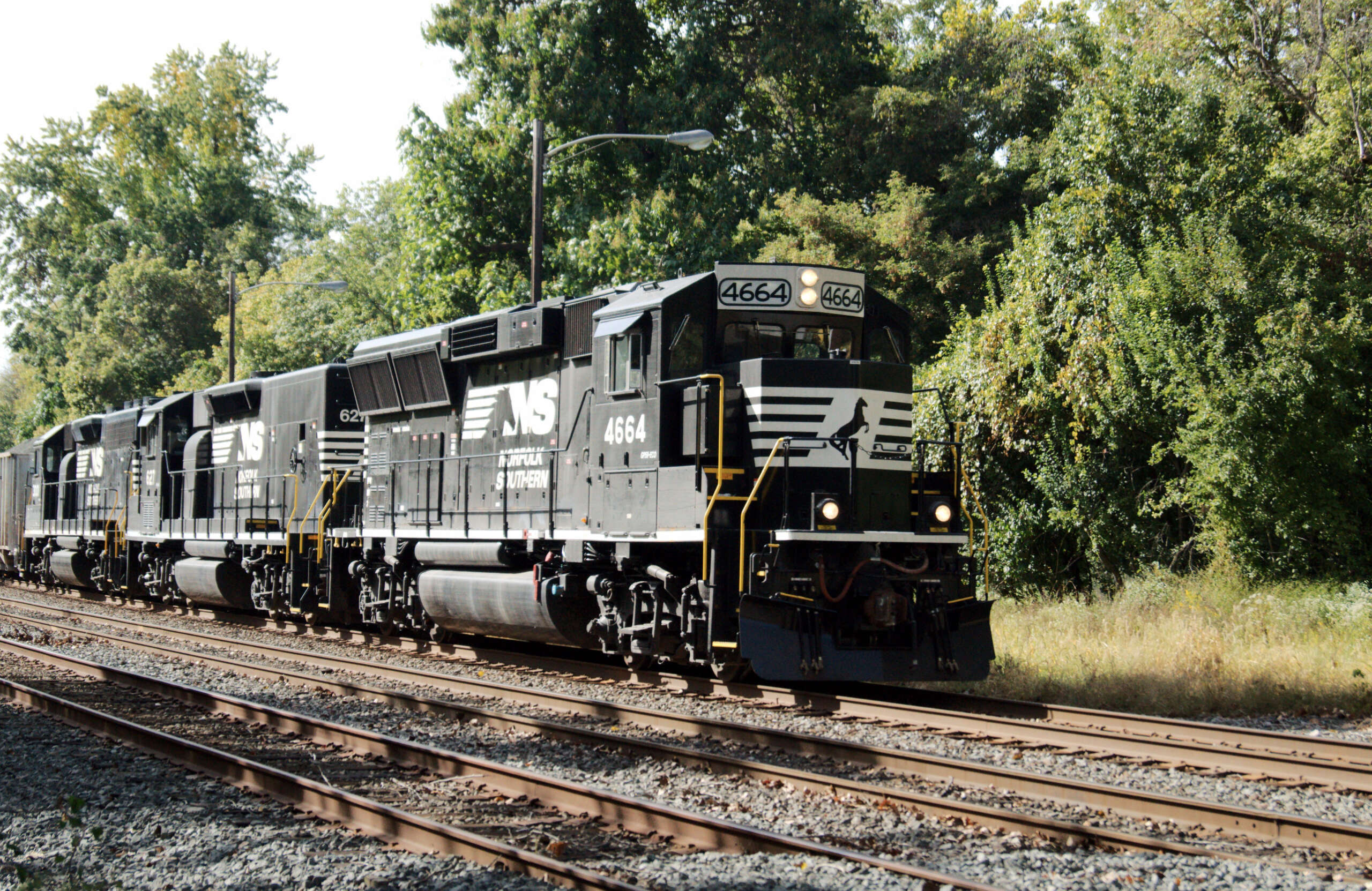Fracking at the Pittsburgh airport to begin this month
Discussions began last year regarding oil and gas drilling at the Pittsburgh International Airport (PIT). Allegheny County owns the more than 9.000 acres where the airport is located and the area is rich with layers of natural gas.
For the struggling airport, the approval was more than welcome. After a costly expansion in the 1980s, officials began to see traffic falter from 600 daily flights both departing and arriving to 300. The terminals created to house 30 million annual travelers saw 21 million at its peak and now averages around eight million.
The agreement with Consol Energy provides $20 million to PIT each year, resulting in nearly half a billion dollars during the next two decades. Six well pads and rigs will cover the region, with the lines reaching beneath the airports and runways, but not adjacent.
On paper, this deal seems great for PIT to help eliminate the debt that comprises 42 percent of the annual budget; however, residents still have concerns.
Hydraulic fracturing, or fracking, involves pumping hundreds of gallons into the ground to break apart the rock and release natural gas. The water cocktail injected can seep to the surface of the ground with possible contaminants like drilling chemicals, heavy metals and low-level radiation.
With fracking comes risks, including constant noise, bright lights and the risk of accident, including explosions and spills. Last month a report released from the Department of Environmental Protection cited 77 communities in Pennsylvania that experienced damaged water supplies. In total, more than 200 issues occurred since 2008.
In Texas, the Dallas/Fort Worth Airport allowed oil and gas drilling on the property in September 2008. Within a month, earthquakes occurred near one of the wells, leading analysts to believe they were connected events. The minor earthquakes continued until the company responsible shut down the well in question.
Other fears stem from the rigs near PIT and the chances of planes colliding with the structures. Some residents fear snow or fog could limit the visibility, adding risks to the landing procedure. At Dallas, the company created rigs around 70 feet shorter to assist with this risk, but Consol plans to use their rigs that comply with industry averages and are shorter than 143 feet.
Hopefully all goes well with the drilling and the airport is able to alleviate some of the debt it’s held for decades, but the threat remains.



